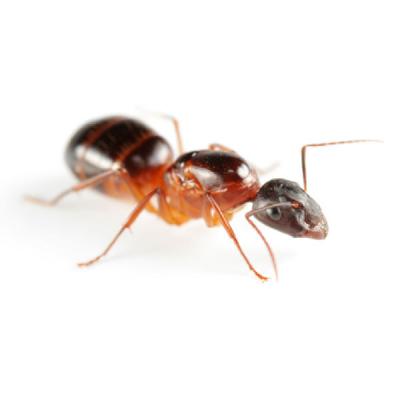Cleankill was contacted by the facilities managers of a large block of flats in West London with 176 units after another pest control company failed to solve a serious infestation of Pharaoh ants.
Every flat in the block needed treating to eliminate the problem. Cleankill experts carried out the treatment, mostly on Saturdays at the request of the agent, over an eight-week period. The managing agents were so pleased with the success of the treatment that the tenant association agreed to a regular contract for ant visits and treatments.
Sales Manager Mike Williamson said: “There had been an ant problem at the flats for a number of years. The key to solving the problem was to find the queen or queens who will normally stay in one place. We then used a growth hormone which the workers pick up and take back to the nest where it is ingested by the queen and larvae to rest. This hormone prevents the larvae from developing properly and sterilises the queen and winged males over a period of time. We were really pleased to be able to solve this long-standing problem.”
Facts about Pharaoh ants
Pharaoh ants are tropical in origin and require a minimum temperature of 18C to breed, with 30C being the optimum. The ants inhabit warm areas such as boiler rooms and love central heating pipework. Large boilers and hot water pipes in tower blocks, hospitals, prisons and factories make these places particularly susceptible to Pharaoh ant infestations.
There are no specific diseases associated with Pharaoh ants but, due to their small size, they are able to penetrate all but the most secure packaging. This means they can contaminate foodstuffs intended for human consumption with pathogens picked up while travelling through buildings. Pharaoh ant infestations in hospitals pose additional risks to human health.
The worker ants are approximately 2mm in length, with the queen being slightly larger at 4mm. Worker ants are red in appearance with a darker abdomen and are wingless. The queen ants do have wings, but do not fly. Winged males will appear periodically and mate with the queens.
Nests occupy any suitable crevice and are often located deep within the foundations, service ducting and wall cavities of buildings. The size of the nest is determined by the amount of space available more than any other factor. Pharaoh ants will feed on almost anything but prefer sweet and protein-based foodstuffs.
